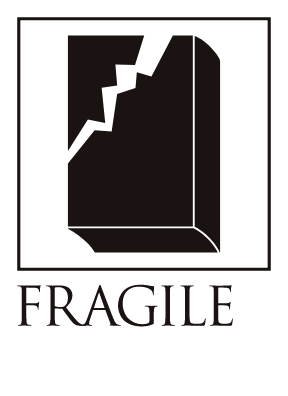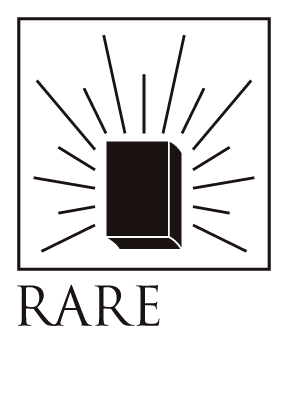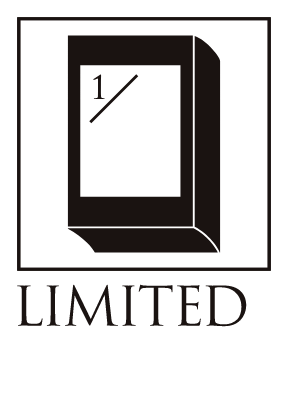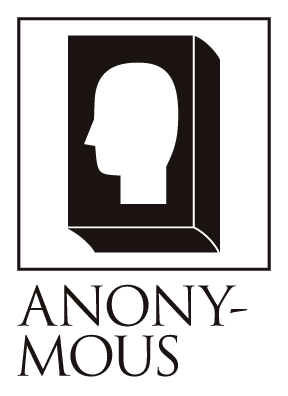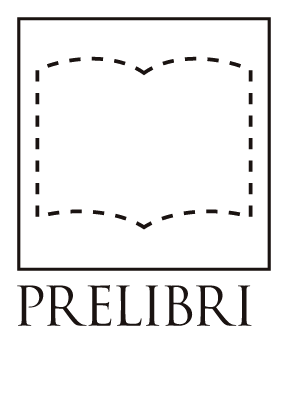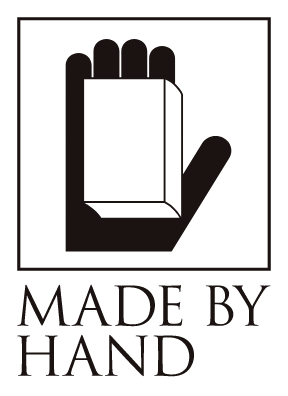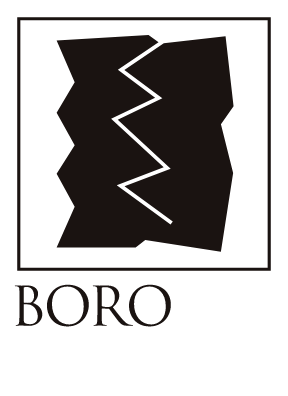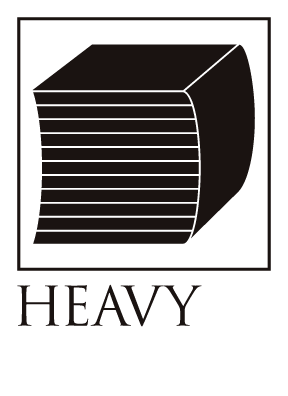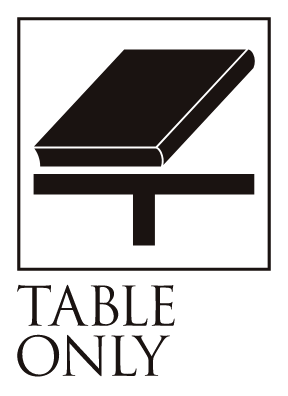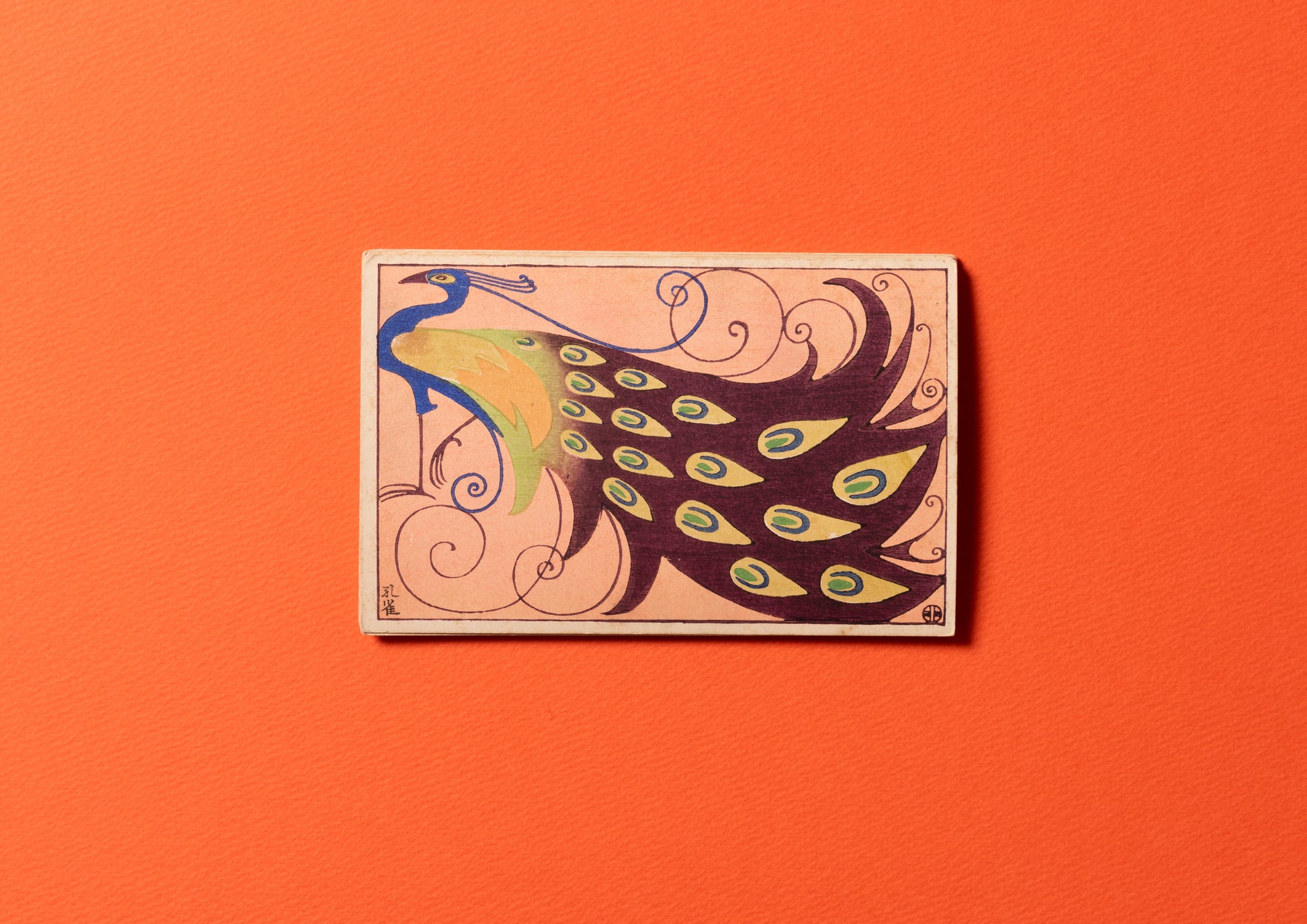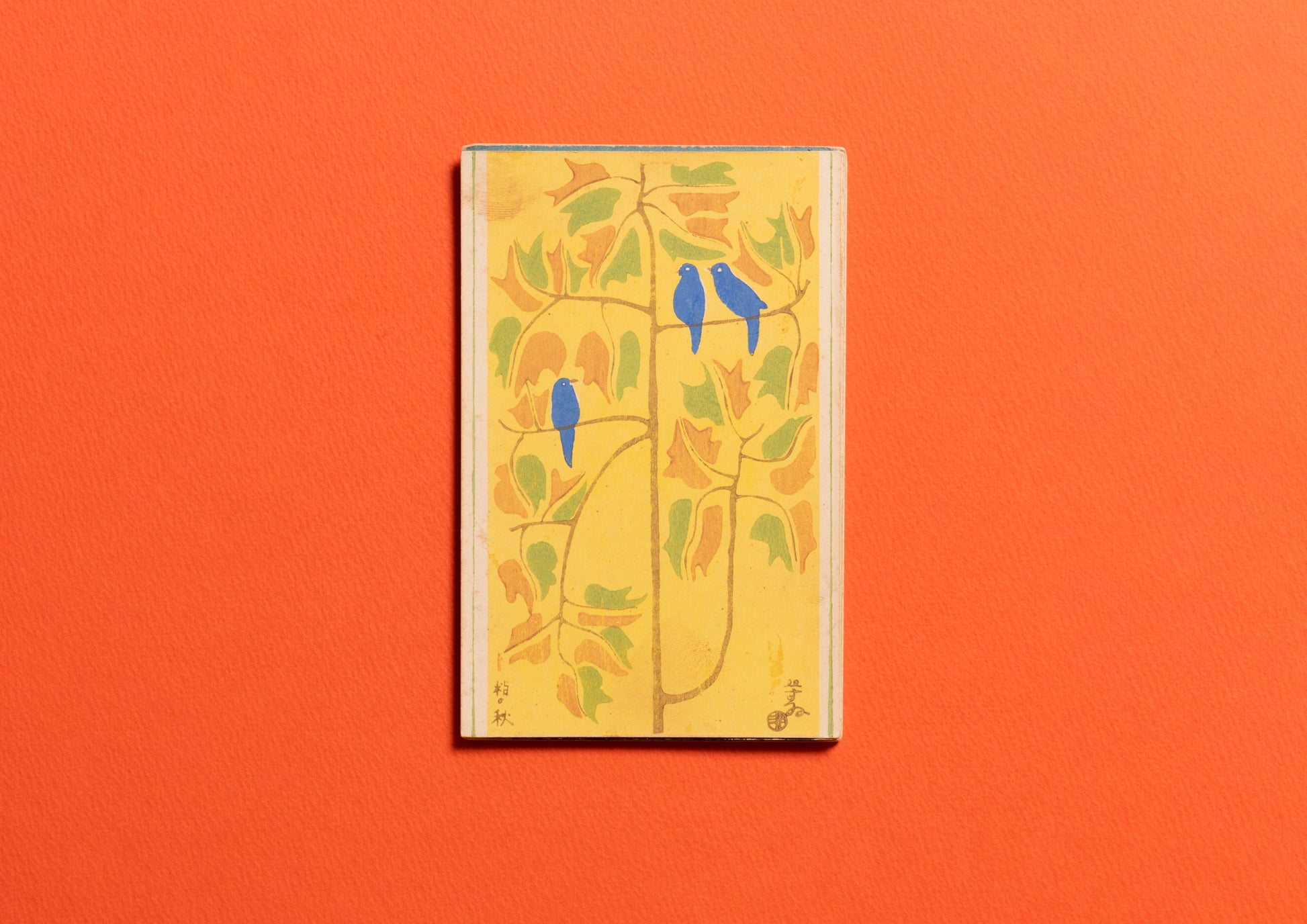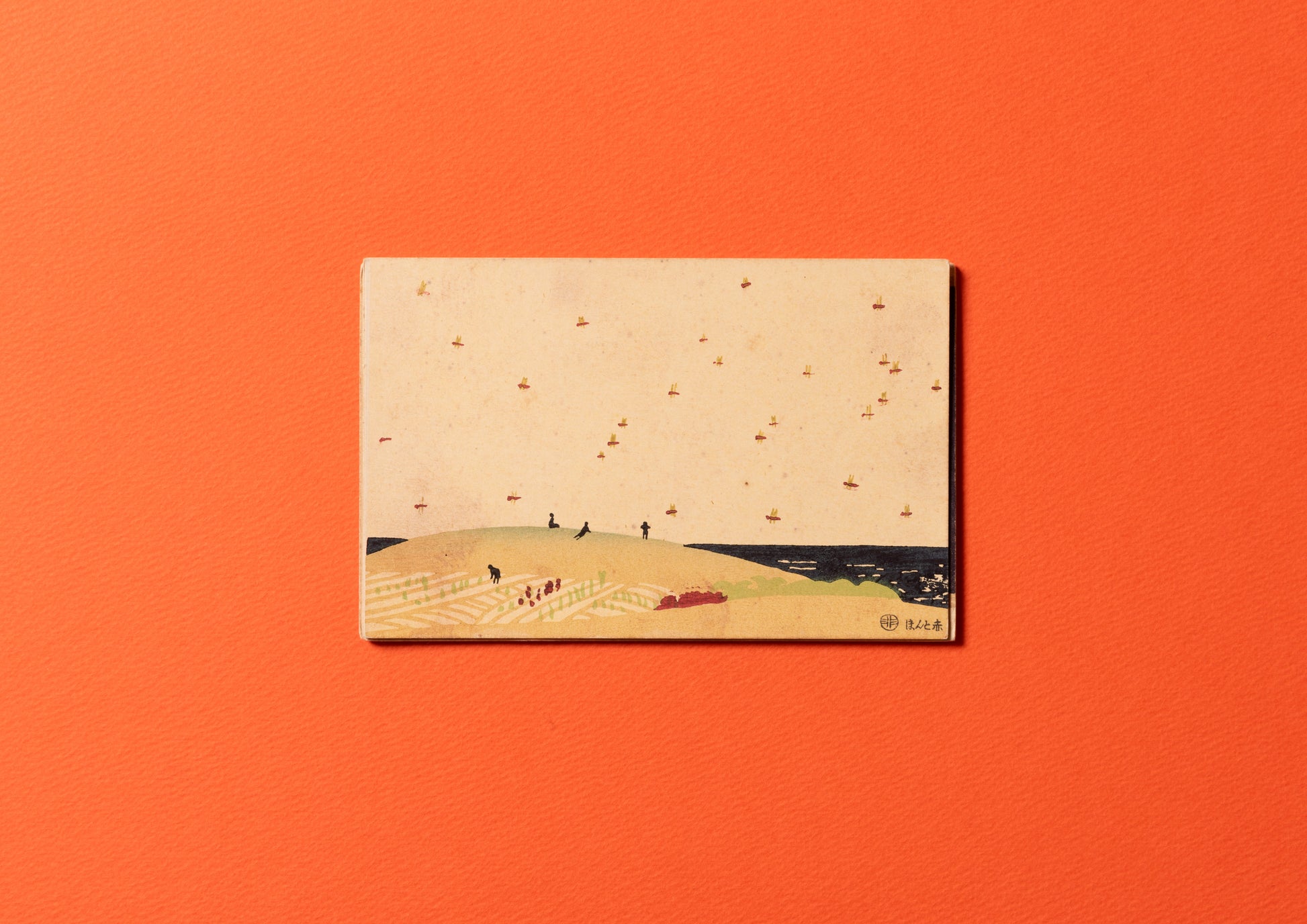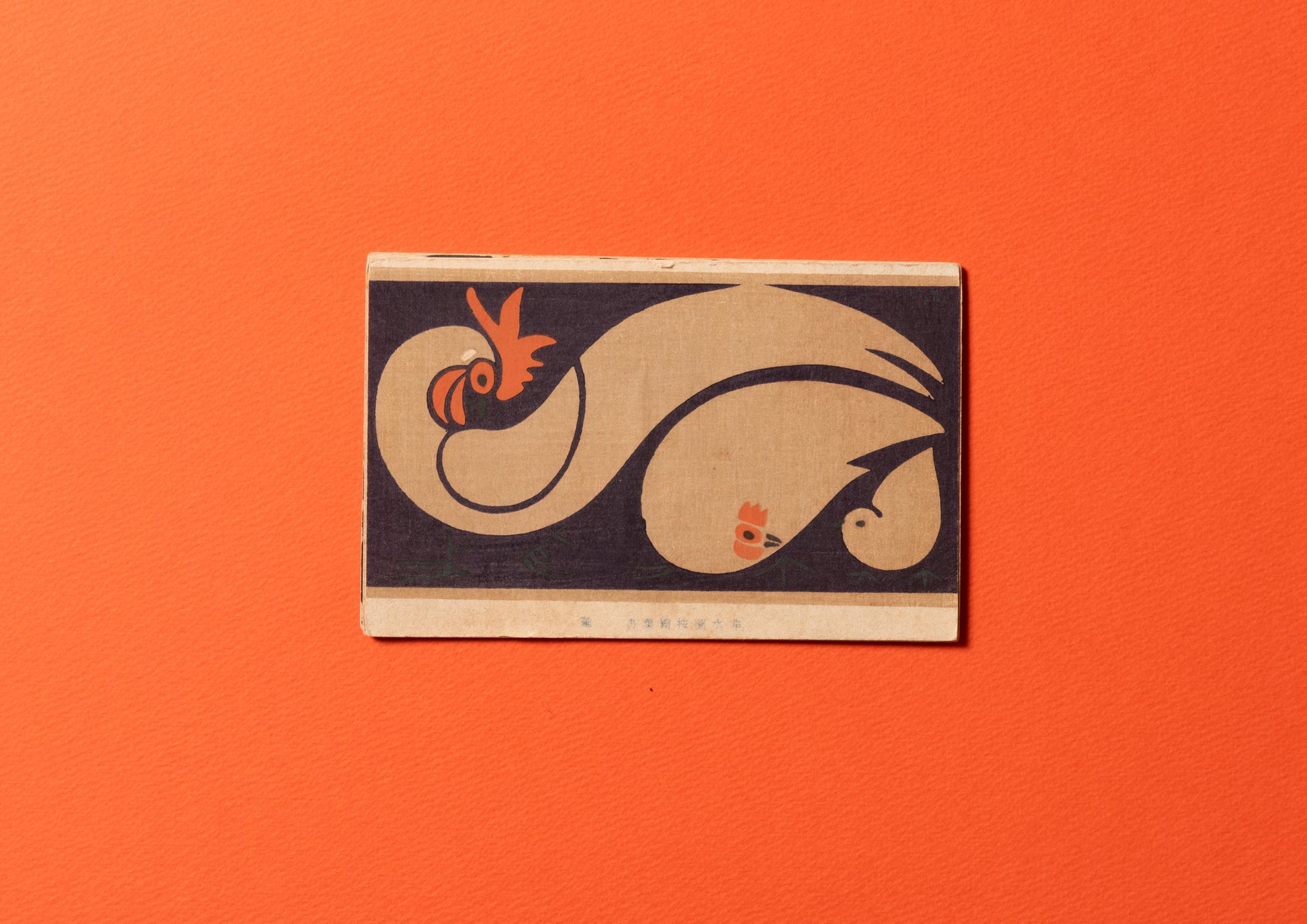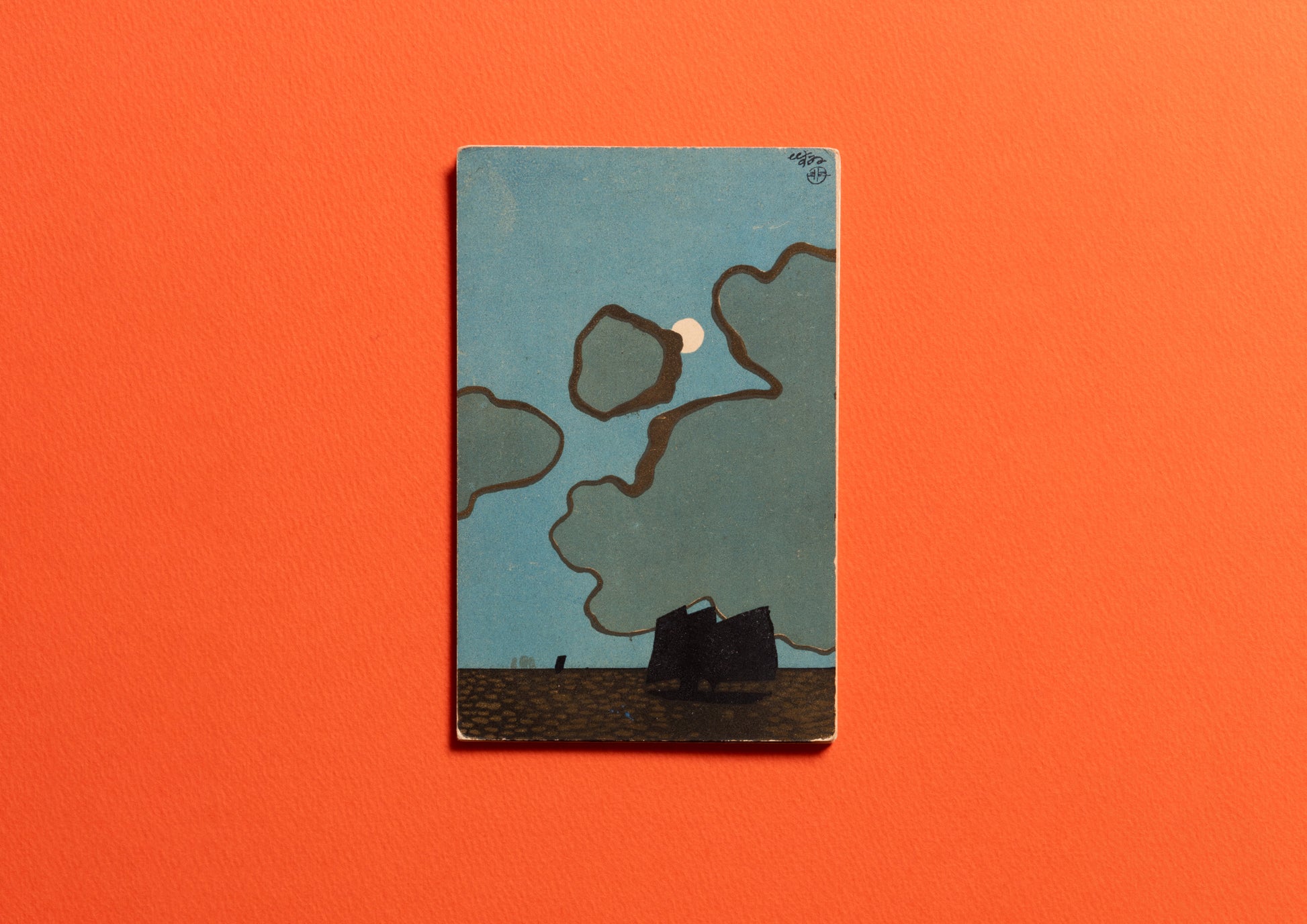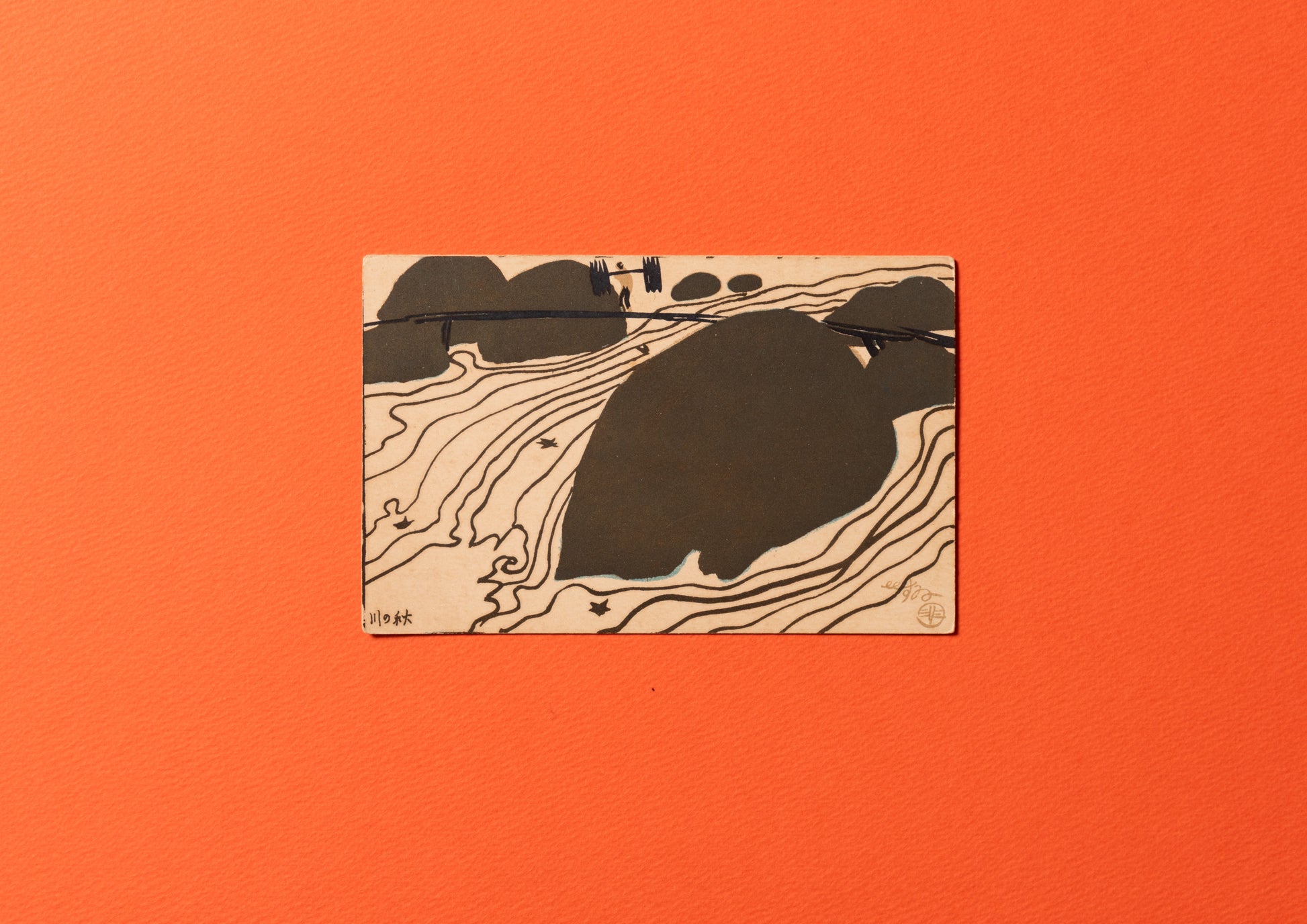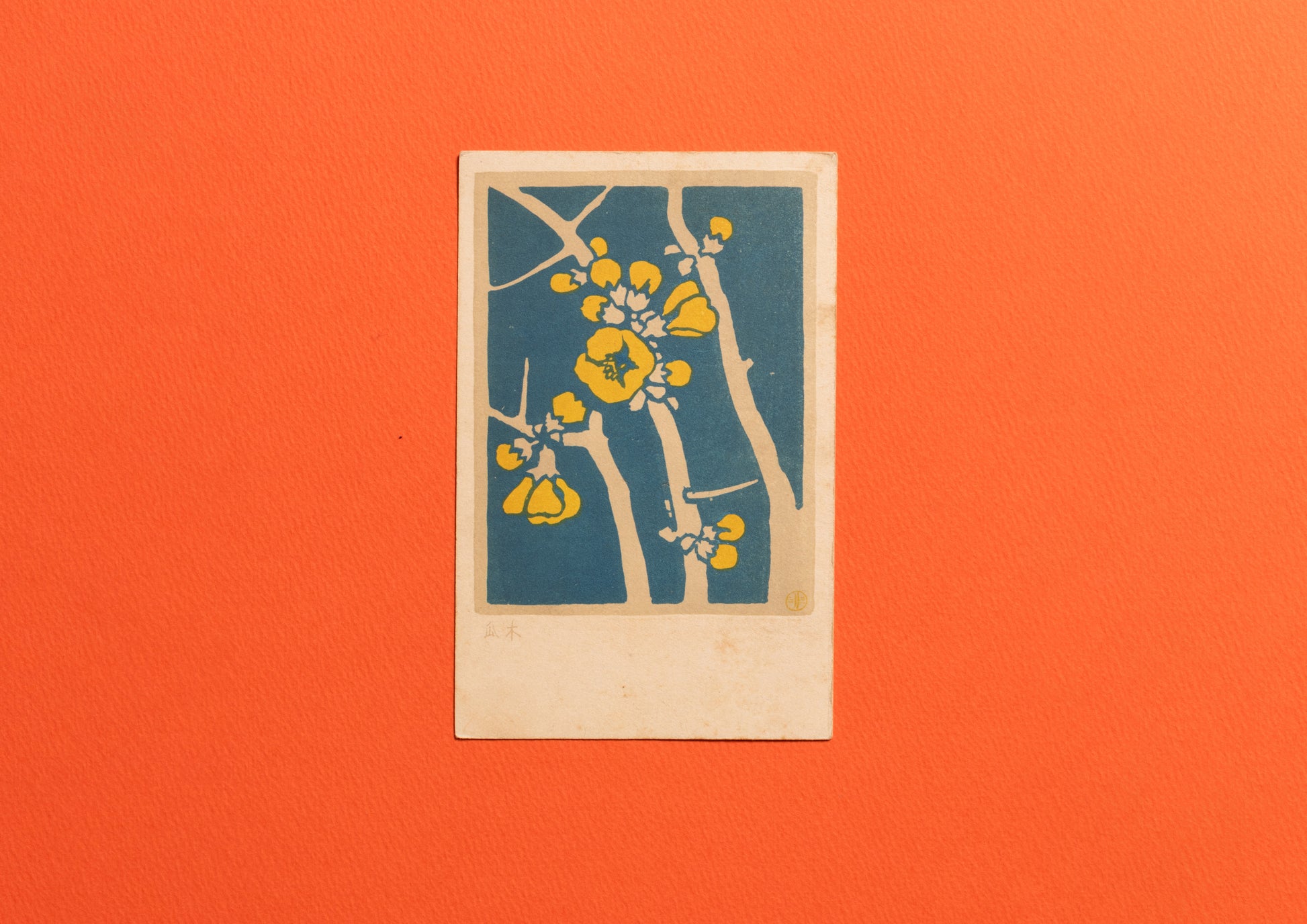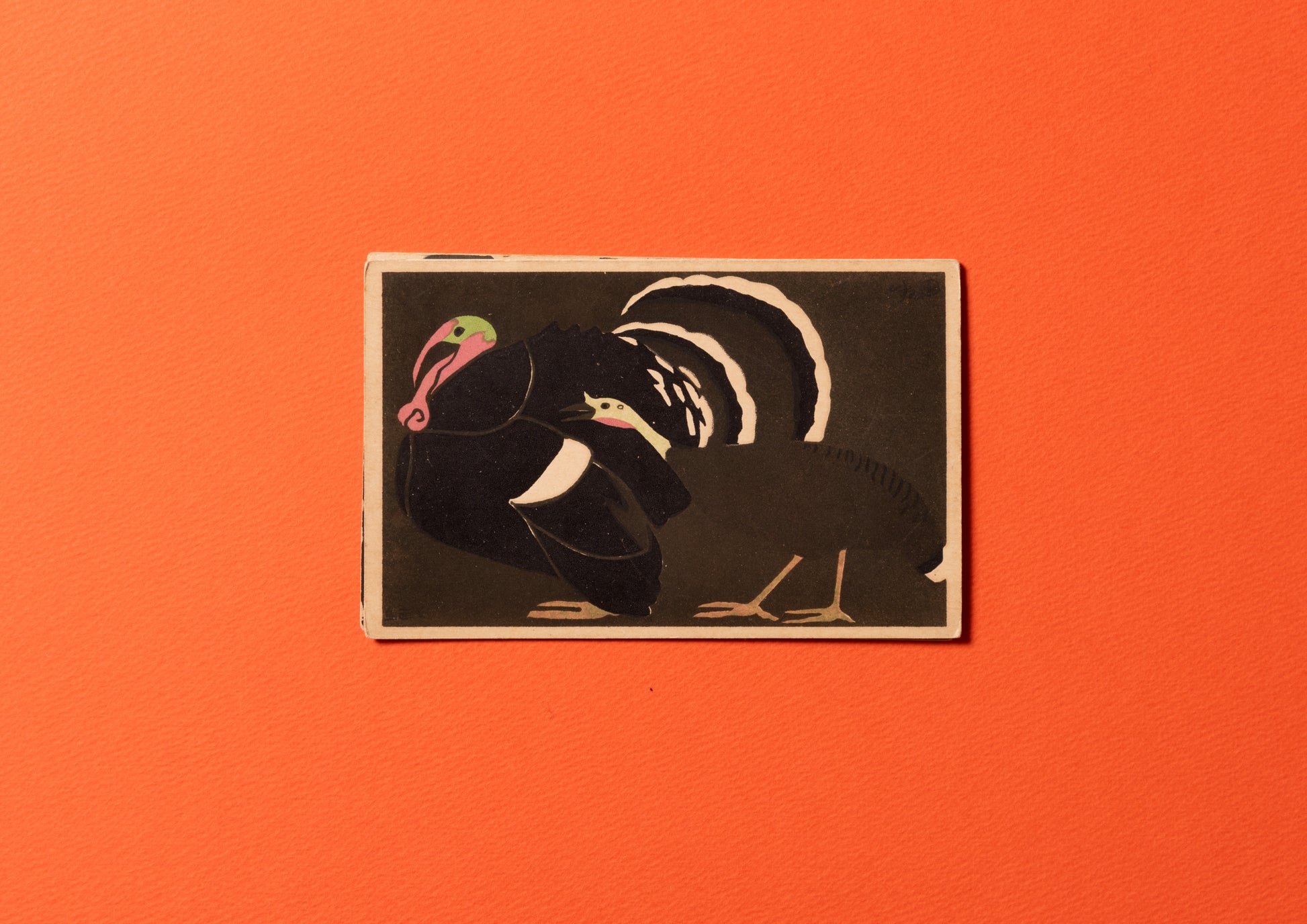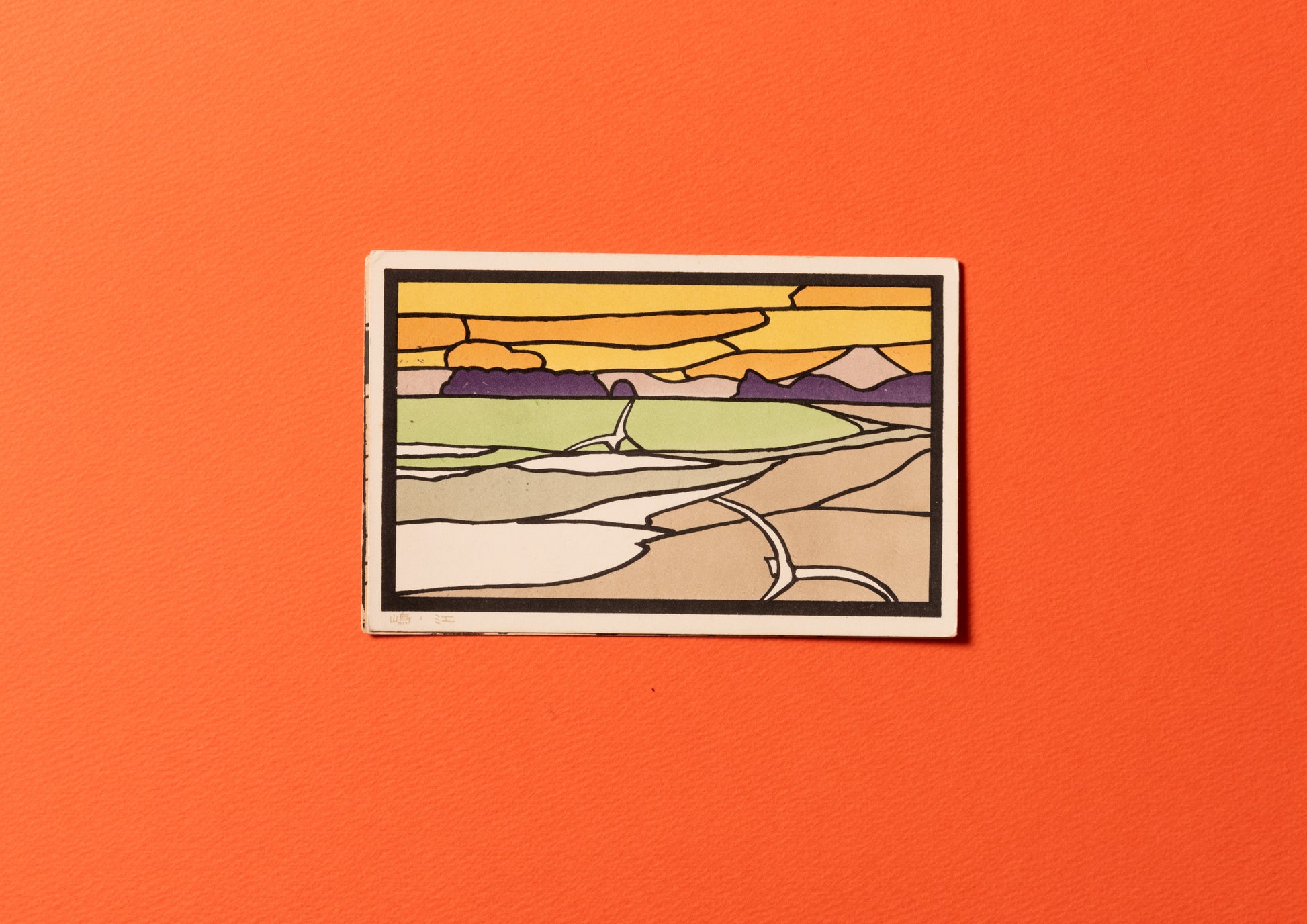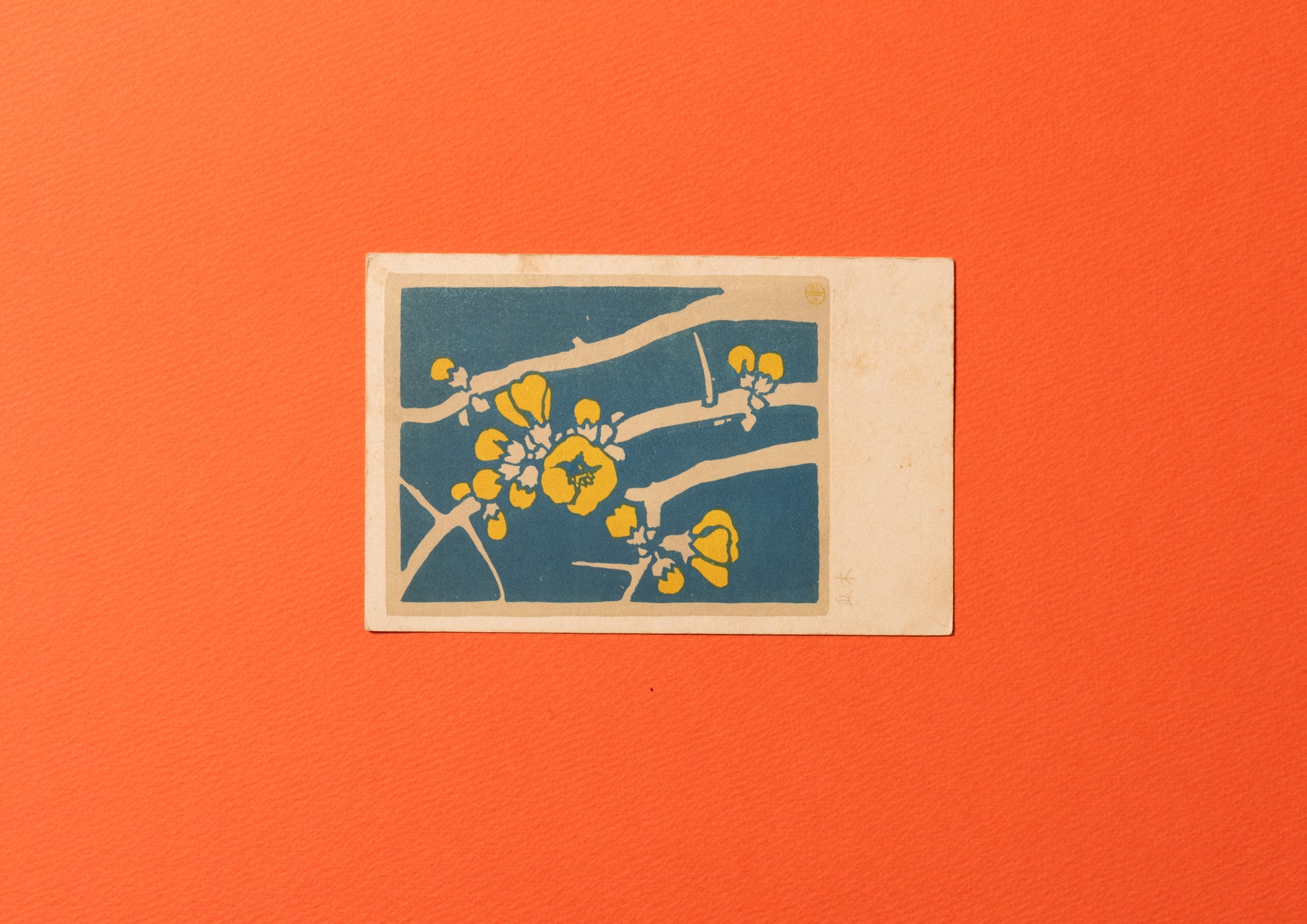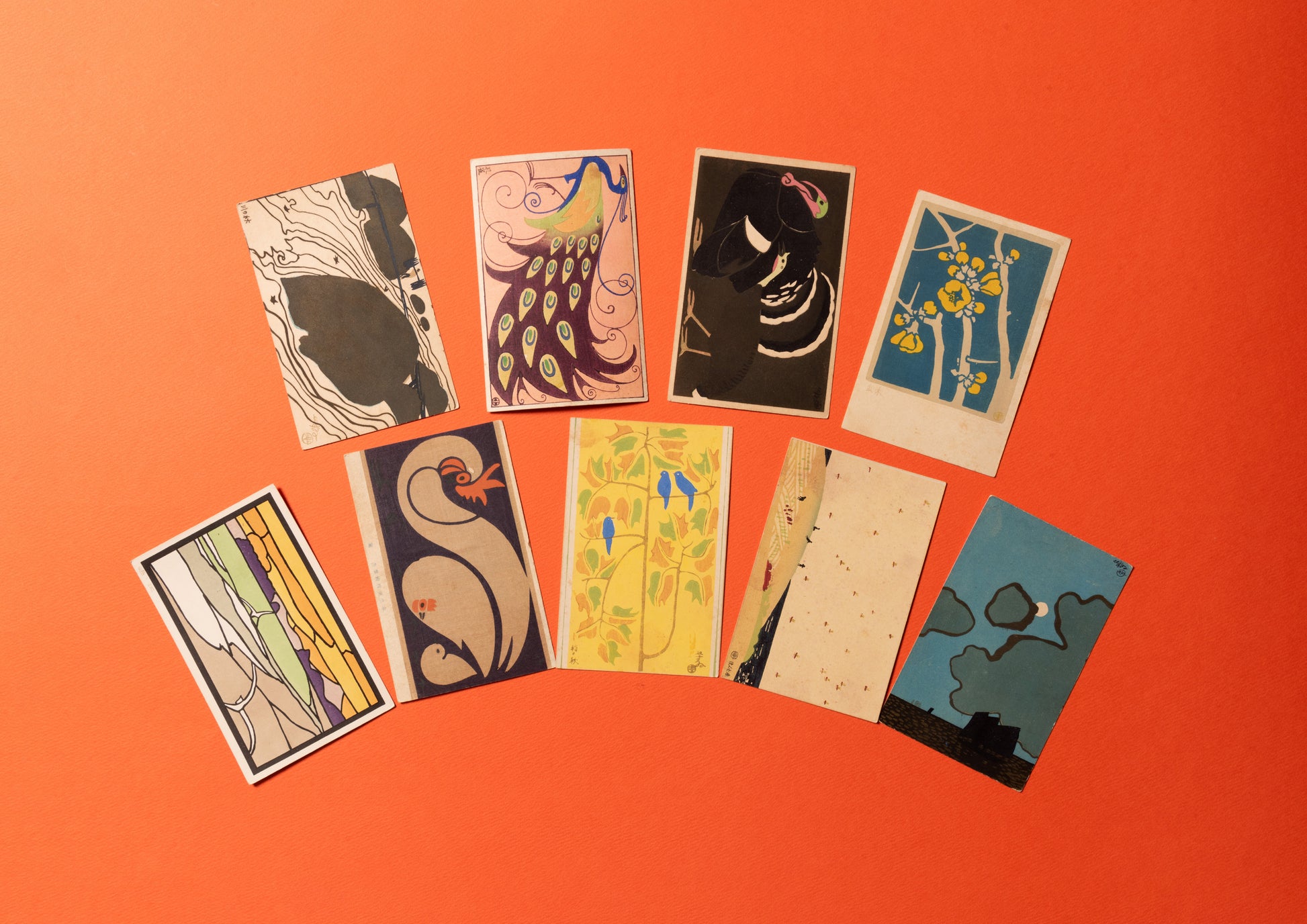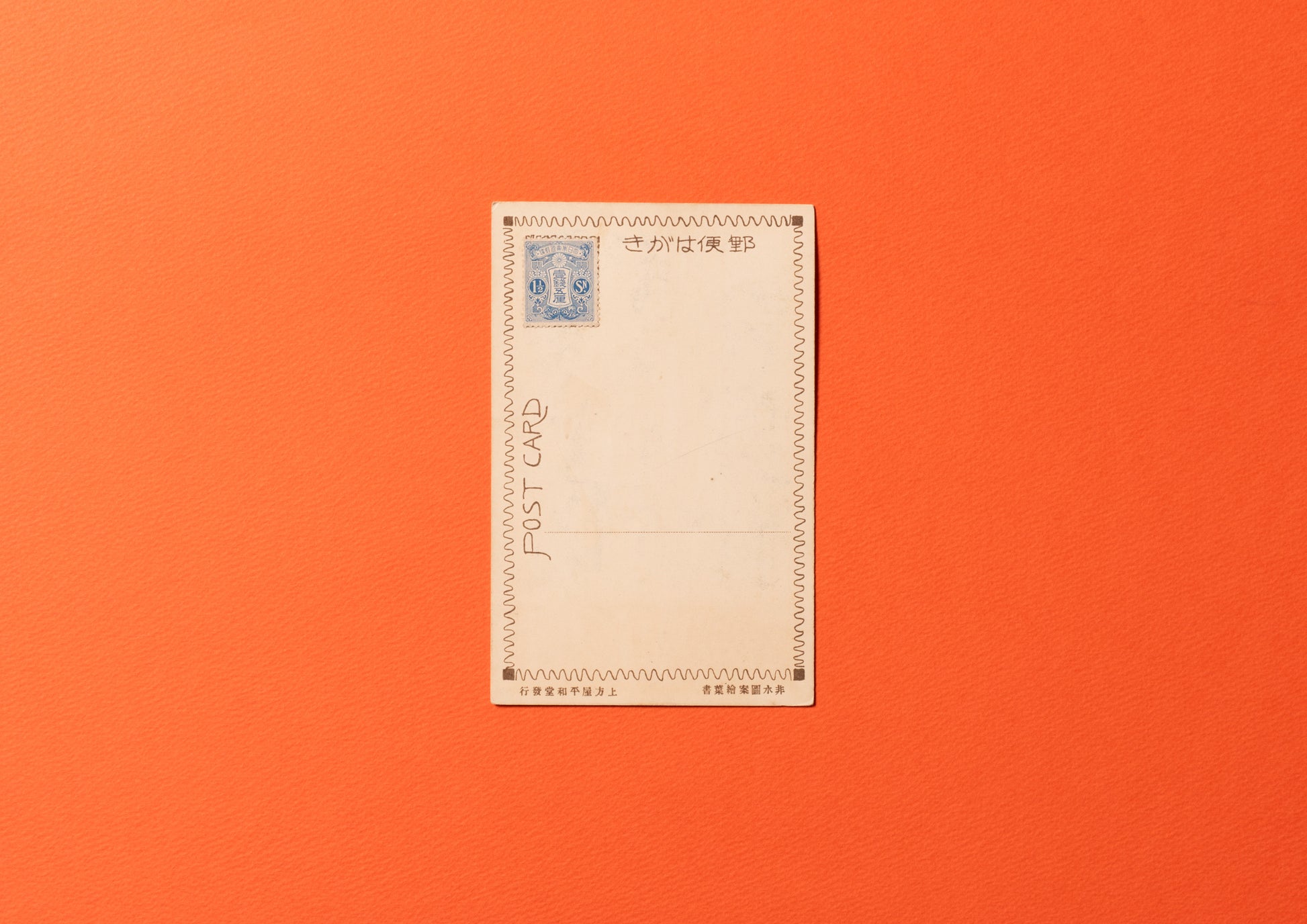Sugiura Nomizu design postcard
Bibliographic Details
- Title
- Hisui Sugiura designed postcards / 杉浦非水のデザイン絵はがき
- Artist
- Hisui Sugiura / 杉浦非水
- Publisher
- Heiwado Kamigataya / 上方屋平和堂
- Year
- Taisho - Early Showa Period / 大正時代~昭和初期
- Size
- h143 × w91mm
- Weight
- 4g each / 各4グラム
- Pages
- set of 9 / 9枚セット
- Language
- Japanese / 日本語
- Printing
- Woodblock, Stencil, Lithograph / 木版、ステンシル、リトグラフ
- Materials
- Paper(standard postcard) / 紙
- Condition
- Unused / 未使用
A set of 9 postcards, only one unused stamp is affixed / 9枚セット、「木瓜」の宛名面に切手(一銭五厘)の貼り付け有
He was born in the same year as Casals and Brancusi.
Changed Japanese graphic design
Ephemera by Sugiura Hisui.
After all, Sugiura Hisui(1876-1965)Needless to say, there is nothing I can add to this list. He is such a pioneer of modern Japanese graphic design that it is difficult to find a book or website about the history of Japanese design that does not touch on him.

Sugiura Hisui worked on the graphic design of various printed materials and advertisements for some of Japan's leading companies before the war, including the first subway posters and Mitsukoshi Gofukuten (later Mitsukoshi Department Store). He is also famous for his cigarette packages such as "Hibiki" and "Hikari." Not only did he produce a succession of brilliant works, he also formed a group of people with the aim of improving the status of graphic design in Japan and ran around the country, and from 1935 he served as the principal and chairman of Tama Imperial Art School, Tama University of Art and Design, and Tama Art University, making him a truly accomplished man. Even just tracing his outline is enough to give us an idea of what a great man he was.

Sugiura Hisui was already active at the forefront of his field during his lifetime, so naturally, the market price for his ephemera is impressive. A portfolio of woodblock print plates will fetch at least several hundred thousand yen, and in some cases, around one million yen. Among Hisui's pre-death publications, which have added value as a kind of print work, unlike offset printing such as woodblocks and stencils, postcards designed by Hisui are relatively easy to buy, and there is still plenty of fun to be had collecting them. I don't know exactly how many postcards designed by Hisui exist, but there is a fair amount of variety, so they are worth collecting. Above all, they are uniform in size and don't take up much space, which I think makes them an advantageous condition, especially when viewed as a collection item in this day and age. Hisui postcards are a collector's item, and it's not too late to start collecting them now.
This time we are introducing nine postcards with non-water designs in nine different varieties. All of them are part of the "Non-Water Design Postcards" series published by Kamigataya Heiwado. The series name is credited on each postcard, and the illustration guide has a "hisui" or "non" mark. Kamigataya Heiwado is a publisher known for Fukiya Koji's postcards and Kato Masao's lyrical postcards. It seems that they had high technology at the time, such as the reproducibility of reproductions of works. They were no slouch when it came to publishing "Non-Water Design Postcards," and they chose a method that was familiar to each design, such as woodblock prints, stencils, and lithographs.
Among these postcards, two titled "Peacock" and "Hina Doll" are woodblock prints, "Autumn Treetops" and "Red Dragonfly" are stencils, and the three untitled postcards, "Momquat" and "Autumn River," are lithographs (or special color prints). The design of the address side is also quite adorable, with a stamp corner that looks like an open swallow and distinctive European characters.
Hisui came to Tokyo with the aim of becoming a Japanese painter and enrolled in the Japanese painting department of the Tokyo School of Fine Arts (now Tokyo University of the Arts), but after studying under Kuroda Seiki while at school and receiving instruction in Western painting and European-style design, he switched to design. Perhaps influenced by Kuroda, who is said to have brought back to Japan advertising prints by Alphonse Mucha and others, Sugiura's designs are primarily characterized by a flowing Art Nouveau style, but the postcards we are introducing this time feature a wide variety of designs that cannot be confined to a single style, with the exception of a few that are clearly Nouveau.
By the way, Sugiura Hisui's wife is a poet known as Sugiura Midori. "Phoenix" is a tanka magazine that Midori published in 1947 after the war in Karuizawa, where she had evacuated. At that time, when supplies were scarce, this magazine was published using mimeograph printing on straw paper from the cover to the main text pages, and although it has a simple appearance, the cover art was drawn by Sugiura Hisui. Considering the characteristics of mimeograph printing, it is quite possible that Hisui himself was in charge of cutting the cover, which makes this a valuable item that is almost as close to Hisui's original drawing. "Phoenix" is also an important magazine as it is the first publication of Masada Shinoe's atomic bomb tanka, which were later compiled into the tanka collection "Sange". This magazine is difficult to obtain, and there was supposed to be one original edition in stock, but it is still missing due to the chaos of the move. Thus, it looks like it will take some time for the second-hand bookstore to complete its move.
Text by Masago Sato
«From FRAGILE BOOKS»
I imagine that postcards designed by Sugiura Hisui must have been very popular at the time. In those days, when the postage for one postcard was 1 sen 5 rin ("1 sen 5 rin" was the postage required to mail a conscription notice or death notice at the time, and by extension, it is also used to mean the price of one postcard for soldiers), unlike today, everyone sent postcards to their families and loved ones on a daily basis, and it was a society of letters.
The owner of this postcard seems to have treasured these nine postcards very carefully, as he even put a stamp on one of them, but never wrote a single word on it, and kept it without ever using it as a postcard.
The ephemera that Sato deals with are objects that are destined to be ephemeral. They are born to be used, and are destined to be discarded in due course. However, occasionally, a few ephemera have survived for a long time thanks to the work of people who are captivated by their transience. These nine pieces can also be enjoyed as a mirror that reflects the lives of the nameless people who lived during the era when Sugiura Hisui was active.
